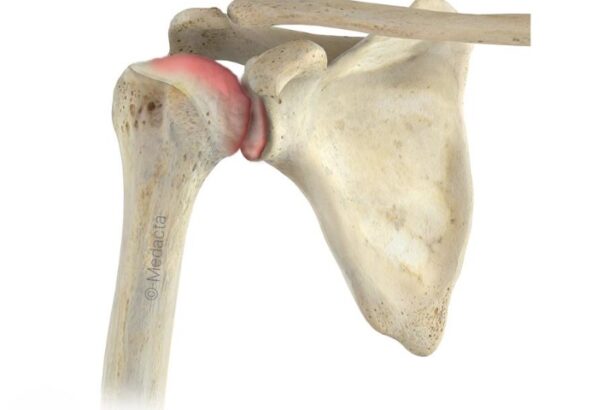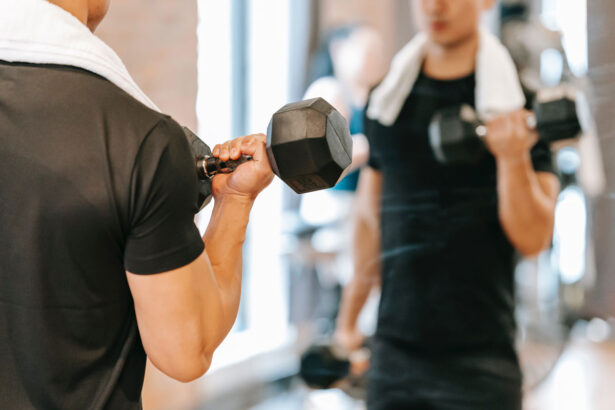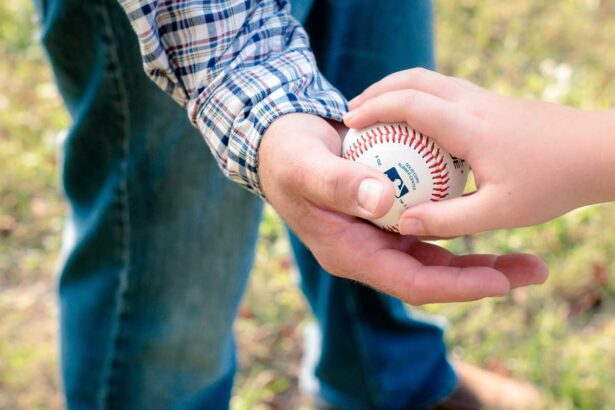
Golfer’s elbow, also known as medial epicondylitis, is a condition that affects the tendons and muscles on the inside of the elbow. It is similar to tennis elbow, which affects the tendons on the outside of the elbow, but golfer’s elbow is less common.
Causes of golfers’ elbow
The condition is typically caused by overuse or repetitive strain on the tendons and muscles of the forearm, which can result in small tears and inflammation.
Golfer’s elbow is most commonly seen in individuals who engage in activities that involve gripping, twisting, or throwing motions of the forearm, such as golf, baseball, and racket sports. Other risk factors for the condition include age, poor technique or form, improper equipment, and underlying medical conditions such as arthritis or diabetes.
Symptoms of golfers’ elbow
The symptoms of golfer’s elbow may include pain and tenderness on the inside of the elbow, stiffness or weakness in the forearm and wrist, and difficulty gripping or holding objects. The pain may be mild at first, but can become more severe over time and may be exacerbated by certain activities.
Diagnosing golfers’ elbow
Diagnosis of golfer’s elbow typically involves a physical examination by Dr Singh, who may also order imaging tests such as X-rays or MRI to rule out other conditions or complications.
Treatment for golfers’ elbow
Treatment for golfer’s elbow usually involves a combination of rest, ice, and physical therapy to reduce pain and inflammation, improve range of motion, and strengthen the muscles of the forearm and wrist. In some cases, medications such as nonsteroidal anti-inflammatory drugs (NSAIDs) may be prescribed to help manage pain and inflammation.
If conservative treatments are not effective, more invasive treatments such as corticosteroid injections or surgery may be considered. In some cases, a brace or splint may also be recommended to immobilise the affected arm and allow the tendons to heal properly.
The outlook for individuals with golfer’s elbow is generally good, with most people able to fully recover with appropriate treatment and management however, it is important to rest and avoid aggravating activities until the condition has fully healed to prevent recurrence or further complications. Preventative measures such as proper form and technique, stretching, and strengthening exercises may also help reduce the risk of developing golfer’s elbow in the future.
 Christmas Operating Hours
Christmas Operating Hours 



















